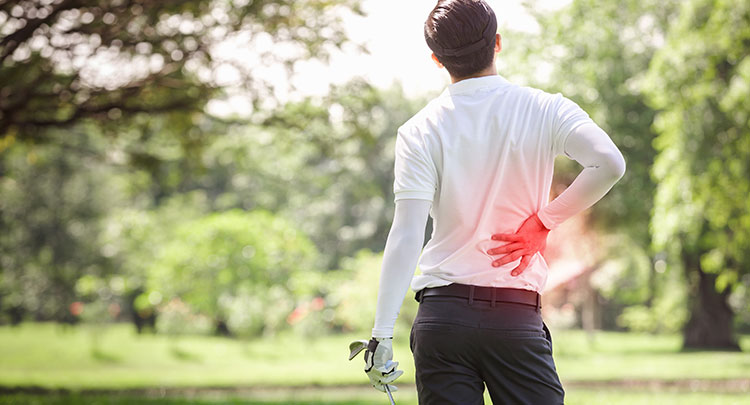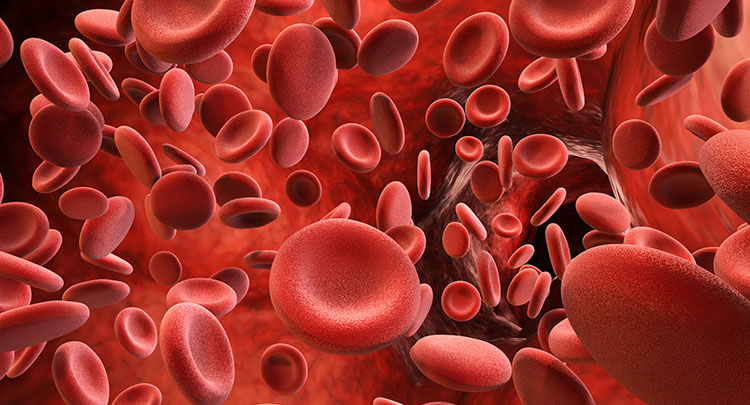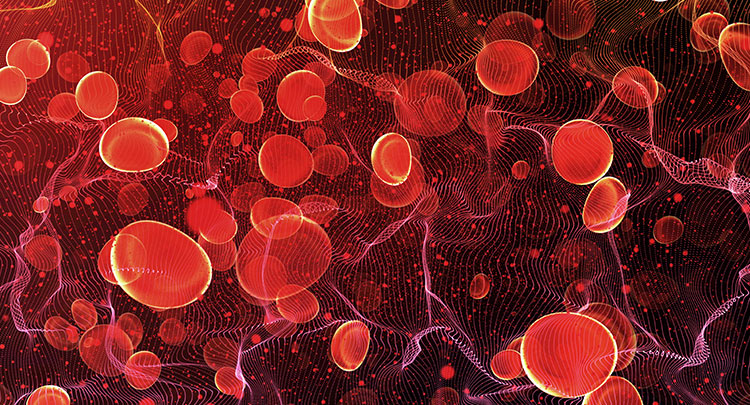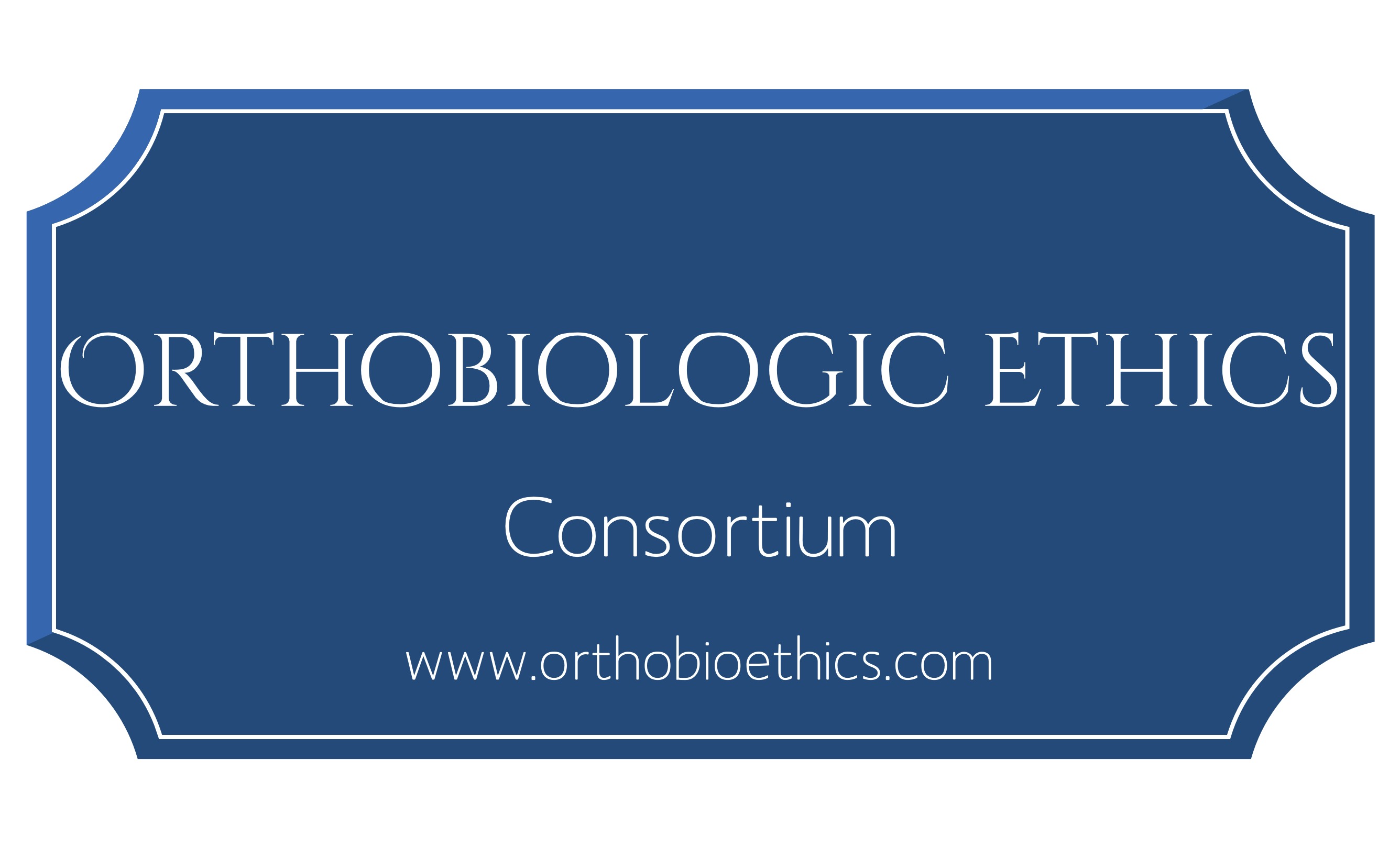
Platelet-rich plasma (PRP) shows a ton of promise when it comes to treating a variety of injuries, especially when it comes to healing sports injuries and is in high demand at Paragon Sports Medicine. PRP is packed full of growth factors that all help to speed up and improve the effectiveness of the healing process.
PRP has shown to be effective in many different regenerative medicine therapies, including spinal treatments, tendon and ligament procedures, sports therapies, and cardiac surgeries. This treatment option is becoming increasingly popular with sports professionals who are attempting to recover from an injury, and it is also being used by amateur athletes to speed up the healing process and to combat age-related tissue and joint breakdown. We have seen athletes recover from sports injuries faster and better using PRP.
How Platelet-Rich Plasma Works in Regenerative Medicine Therapies
This treatment method works in a number of different ways. It can effectively reduce inflammation, rebuild and grow new tissues, and promote the development of new blood vessels in damaged areas of the body. These many benefits make platelet rich plasma a great tool that can be used for an array of different sports medicine injuries without having surgery.
One of the biggest advantages of platelet rich plasma is its ability to create many different tissue types. These can include cartilage, muscle tissue, fibers, connective tissue, and collagen. This flexibility permits PRP to be used in various areas of the body, no matter what tissue was injured.
What Types of Sports Therapies can Platelet Rich Plasma be Used For?
Due to the many uses of platelet rich plasma, it is widely used for healing sports injuries, such as repairing muscle, tendon, and ligament tears; cartilage damage; and tendinopathy, or tendon disease, among others.
Golf Injuries
Some of the most common golf injuries include rotator cuff irritation and golfer’s elbow, which is irritation of the tendons on the inside of the elbow. These tendons and ligaments often become irritated from overuse, and they can become swollen and tender to the touch. The affected shoulder and elbow joints often become stiff, and sometimes numbness or tingling in the fingers can occur.
Platelet rich plasma therapy can be used to reduce swelling in the joints, reducing the chance of scar tissue buildup. If scar tissue does form, it can leave the tendons, ligaments, and muscles weaker and less flexible. This regenerative therapy can also help generate new connective tissue to repair any damage.
Tennis Injuries
Similarly to golf, tennis injuries often include tennis elbow and rotator cuff injuries, but knee cartilage and tendon injuries are also common. Tennis elbow carries the same symptoms as golfer’s elbow, but it affects the tendons on the outside of the elbow instead.
One study of 20 individuals suffering from tennis elbow gave 15 of the individuals percutaneous platelet rich plasma injections. After eight weeks, those receiving the treatment noted a 60 percent improvement in pain scores, compared to 16 percent with the control group. The improvement of the treatment group increased to 81 percent after six months and to 93 percent after a year. Other studies have confirmed similar results.
One common knee injury is patellar tendinopathy, also known as jumper’s knee. This occurs when the patella ligament, which connects your kneecap to your shin bone, is overused. This is often developed with repeated jumping and landing, both of which put strain on the knee joint. Platelet rich plasma can help to repair lesions and tears that have formed on the tendon by creating new collagen and connective tissue fibers.
Running Injuries
Running injuries often include Achilles tendonitis, runner’s knee, and iliotibial (IT) band syndrome. Achilles tendonitis is similar to patellar tendinopathy, but it occurs on the back of the heel instead. IT band syndrome results from the ligament on the outside of your leg rubbing against the outside of the knee. Studies have shown platelet rich plasma to be an effective option for both of these injuries in a similar manner to patellar tendinopathy treatment.
Runner’s knee occurs when the cartilage on the inside of the kneecap wears down, often from the kneecap being out of alignment. This can then result in pain with any motion that involves bending the knee. This injury often does not heal well as cartilage has very poor blood flow. But, platelet-rich plasma injections have the ability to stimulate the growth of new cartilage tissue, restoring proper function, and increasing blood vessel formation in the area.
Baseball Injuries
Rotator cuff tears and injuries to the ulnar collateral ligament (UCL) are two of the most common baseball injuries. The throwing motion, when repeated regularly, can cause the tendons of the rotator cuff muscles and the ligament on the inside of the elbow to wear down and become strained or torn.
Injuries to either of these areas are difficult to heal, and if full or partial tears develop, the healed tendon or ligament is often weaker, less flexible, and less functional. Scar tissue formation is common in these injuries. Inflammation is also regularly seen with these injuries, causing tenderness and restricting joint movement. Platelet rich plasma can reduce these symptoms and lead to a fully-healed tissue that closely resembles the original tissue before the injury occurred.
https://www.mayoclinic.org/diseases-conditions/golfers-elbow/symptoms-causes/syc-20372868
http://journals.sagepub.com/doi/abs/10.1177/0363546506288850
http://journals.sagepub.com/doi/abs/10.1177/0363546513494359
https://onlinelibrary.wiley.com/doi/pdf/10.1002/jcp.21368
https://link.springer.com/article/10.1007/s00402-012-1488-5






